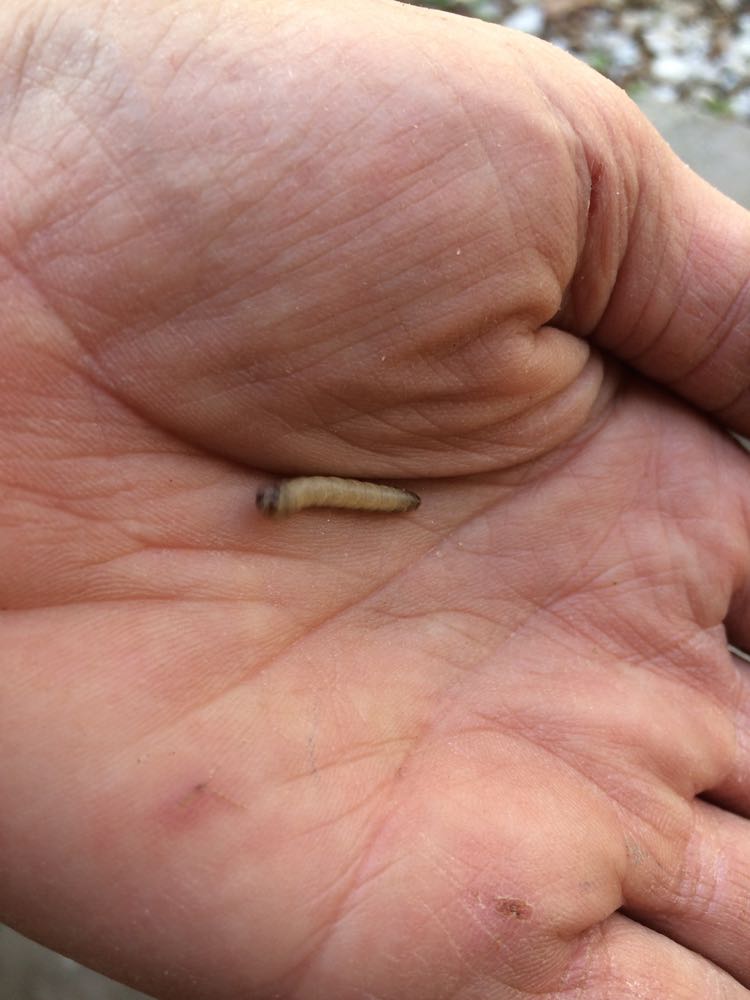Minimize Small Hive Beetles
/Joining my bee buddy David, left, at a first spring hive inspection.
Minimize Small Hive Beetles
We have had a mild winter this past year, which means another bad year combating small hive beetles.
Last year, the little black beetles devastated many hives, including strong ones, in the matter of a couple of weeks. Originally from sub-sahara Africa, the ladybug-size black bugs can lay up to 2,000 eggs a day in dark hive corners. If left undisturbed, the larvae will quickly slime the comb, honey and even the bees, eventually chasing bee colonies out of the hive.
There is a definite rotten smell to a colony infested with small hive beetle larvae.
What is worse, most beekeepers first dealing with this pest will scrape the larvae into the ground, where the worms will pulpate and grow into more small hive beetles. The beetles will fly up to 7 miles, infesting other nearby colonies.
As beekeepers start their spring inspections, it's important that they take a plastic container with a lid with them where they can scrape the bottom of the hive, sight unseen. The frass at the bottom of the hive will contain left over wax where small hive beetle larvae will hatch. To try to control the beetle population, scrape that out of the hive and burn it.
Frass and debris off the bottom board was scooped into a plastic bag, not poured onto ground.
Look at the photo above, can you see the small hive beetle larvae in the frass?
Initially, many beekeepers were telling me small hive beetles would die over winter. Inspecting colonies that died, we found that the beetles were wintering over inside the colony clusters and, in some cases, surviving where the bees had died.
Small hive beetles have been wintering over inside the clustering bees.
So in addition to killing the small hive beetle bugs, beekeepers need to remove the actual larvae, often found in the bottom of frames and boxes.
Here is what one looks like:
Kill the black beetles, then look for the larvae growing in frass and hive nooks and crannies.
In addition to killing the black beetles, and removing the larvae, make sure to use traps with lures to try to keep small hive beetle populations down and replace the lure every week or so.
Colonies also need to remain strong and packed in the hives to make sure there are few uncovered frames where small hive beetles can hide.
What are you doing to manage for small hive beetles?
Charlotte















